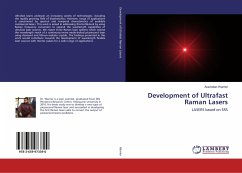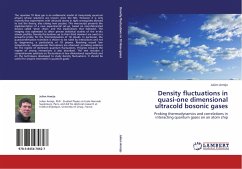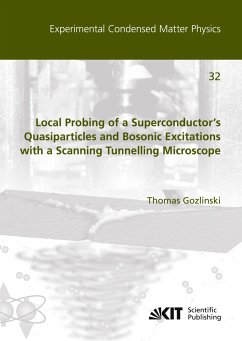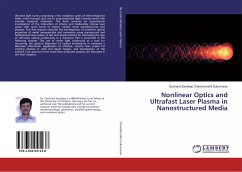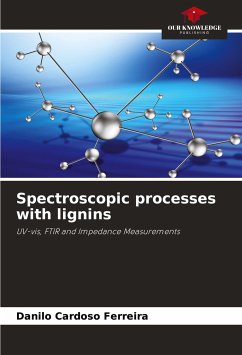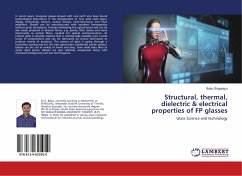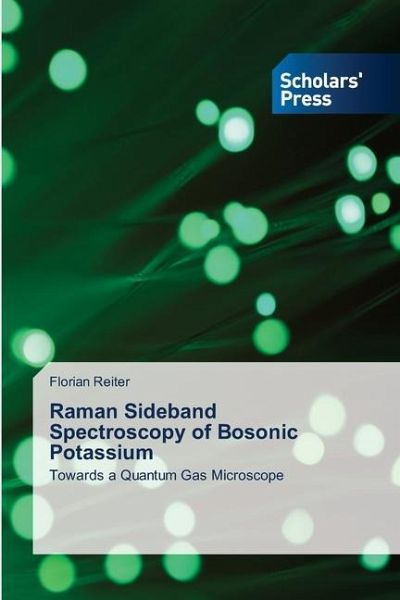
Raman Sideband Spectroscopy of Bosonic Potassium
Towards a Quantum Gas Microscope
Versandkostenfrei!
Versandfertig in 6-10 Tagen
43,99 €
inkl. MwSt.

PAYBACK Punkte
22 °P sammeln!
Various laser cooling methods play an important part in experimental ultracold physics with trapped particles. A fundamental part of those experiments is imaging, as used in quantum-gas microscopes. This book presents a Raman sideband cooling scheme suitable for imaging of39K atoms. The atoms were trapped in an optical lattice of approximately kB · 4 miK depth. The Raman sideband spectrum was successfully recorded using a Raman transition with red one-photon detuning of 38 GHz and a Lamb-Dicke parameter of 0.48. The Raman sideband spectrum exhibits one red and several blue sidebands, suggesti...
Various laser cooling methods play an important part in experimental ultracold physics with trapped particles. A fundamental part of those experiments is imaging, as used in quantum-gas microscopes. This book presents a Raman sideband cooling scheme suitable for imaging of39K atoms. The atoms were trapped in an optical lattice of approximately kB · 4 miK depth. The Raman sideband spectrum was successfully recorded using a Raman transition with red one-photon detuning of 38 GHz and a Lamb-Dicke parameter of 0.48. The Raman sideband spectrum exhibits one red and several blue sidebands, suggesting that bound and unbound Bloch states of the optical lattice can be addressed individually. In addition, an optical pumping scheme for relaxation was implemented and characterized. Trapped atoms could be pumped into the initial electronic state within 400 mis using a red detuning of 20 MHz.Furthermore, a power stabilization method based on optical heterodyning is presented. The scheme was tested for two different ways of processing the process value and could stabilize the power of on beam within a bandwidth of 14 kHz.







